Calf Exercises
Why should I train calves?
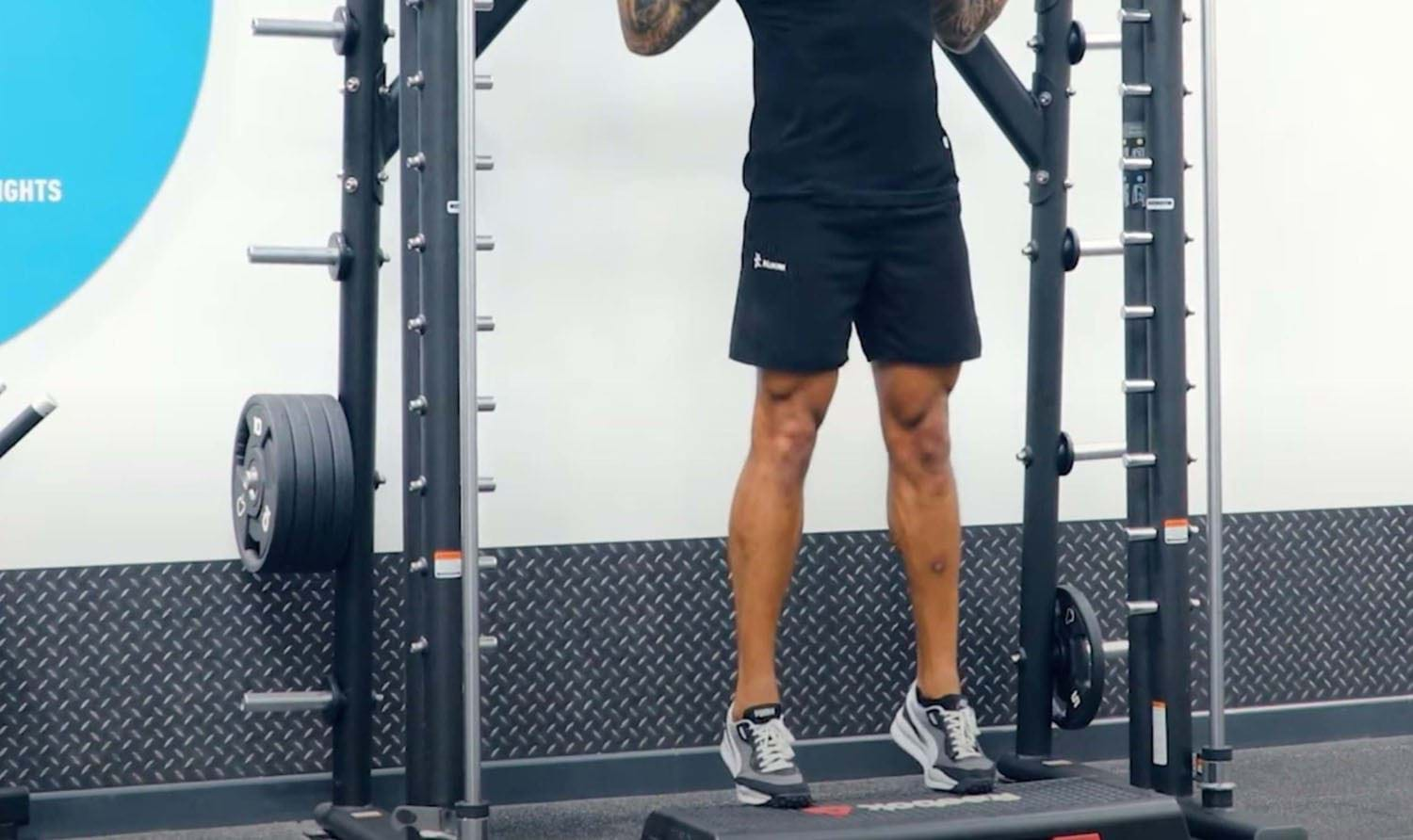
The calves are made up of two muscles, the gastrocnemius muscle and the soleus muscle. These muscles play a part in many body functions, including walking, running, jumping, standing on your toes, and flexing your feet. The calf muscles also help to pump blood around the body! When your calf muscles contract, it pushes the blood through the legs to heart, against the force of gravity.
Strengthening your calves helps to protect against injuries in the feet, ankles, and knees, and can improve your circulation. While the calves do get worked in many lower body compound exercises like squats and deadlifts, it's very hard to create enough of a training stimulus to encourage significant muscle growth without isolating the calves. Adding calf specific exercises like calf raises into your workouts can help to strengthen the muscles much faster, so you get the benefits of strong calves. Training your calves in isolation also prevents them from lagging behind other muscles, which can increase the risk of injuries during lower body exercises.
Check out our other leg exercises: Adductor and abductor exercises, Hamstring exercises, Quad exercises
Commonly asked questions on calves
Calf raises are one of the best ways to strengthen the muscles and ligaments in your lower legs, ankle and feet. They can improve ankle stability and mobility and reduce the risk of Achilles heel injuries.
Squats do work the calves, but only to a small degree - so if your goal is to have big, strong calves, you'll need to do more than squats to achieve it! Training your calves can actually improve your squat. For example, increasing ankle mobility can help achieve greater squat depth.
Calf exercises do help to build stronger calf muscles. However, many people struggle to build mass in their calves. The calf muscles tend to have a higher proportion of slow twitch muscle fibres compared to other muscles, which can limit growth potential. That said, it is possible to grow your calves, and the reason many people struggle is that they do not train their calves enough!
Calf raise tips
- Standing on a platform or step allows a greater range of motion which encourages greater improvements in strength and mobility.
- Changing your foot position allows you to target different calf muscles. Turning your feet inwards works the inner calf more, turning them outwards works the outer calf more.
- Do dynamic stretches or mobility work before calf raises to improve your mobility, which helps to achieve greater range of motion and reduce the risk of injury.
Calf raise variations
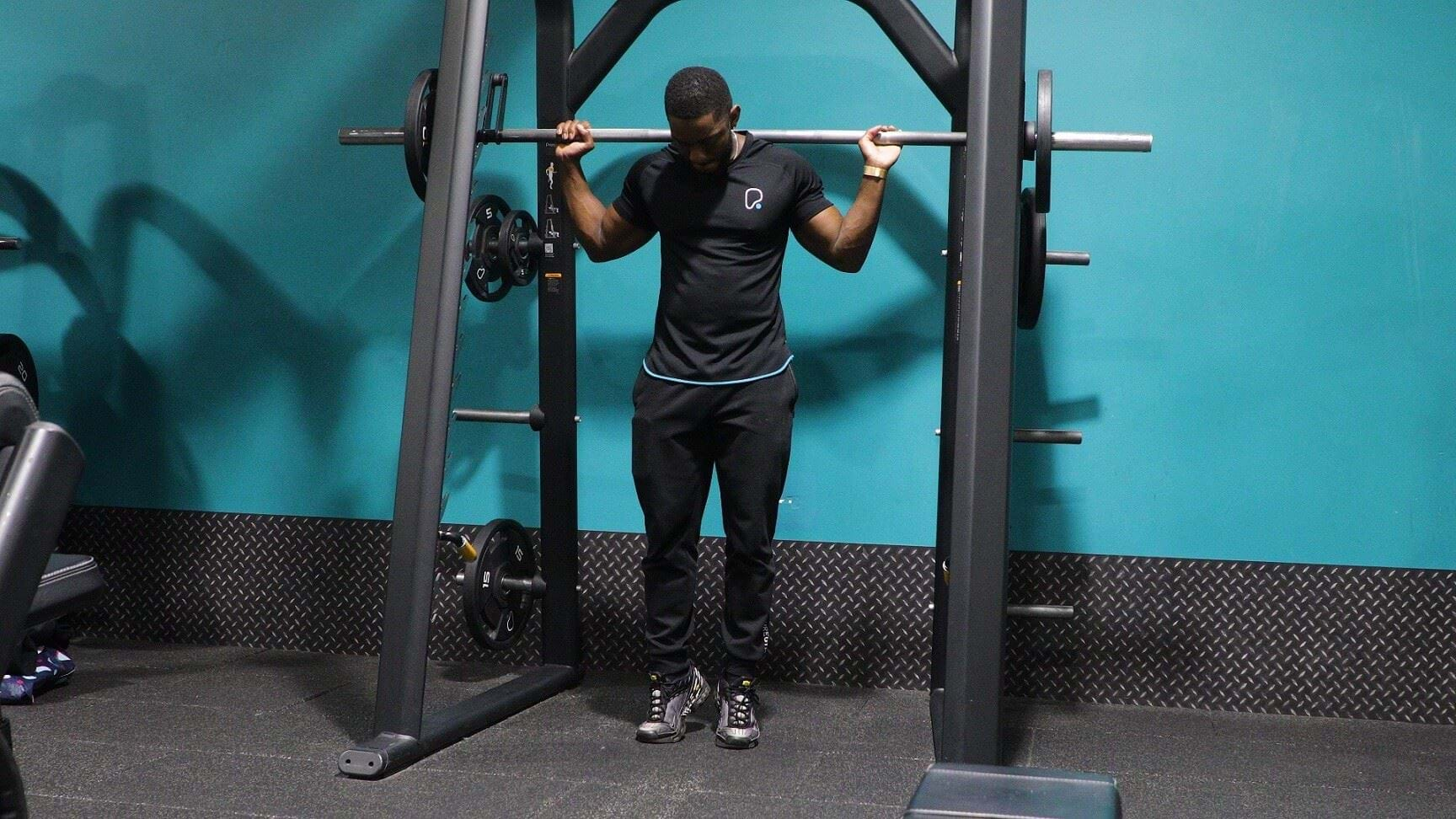
Standing calf raises can be performed from the ground or on a step to stretch and strengthen the gastrocnemius and soleus muscles.
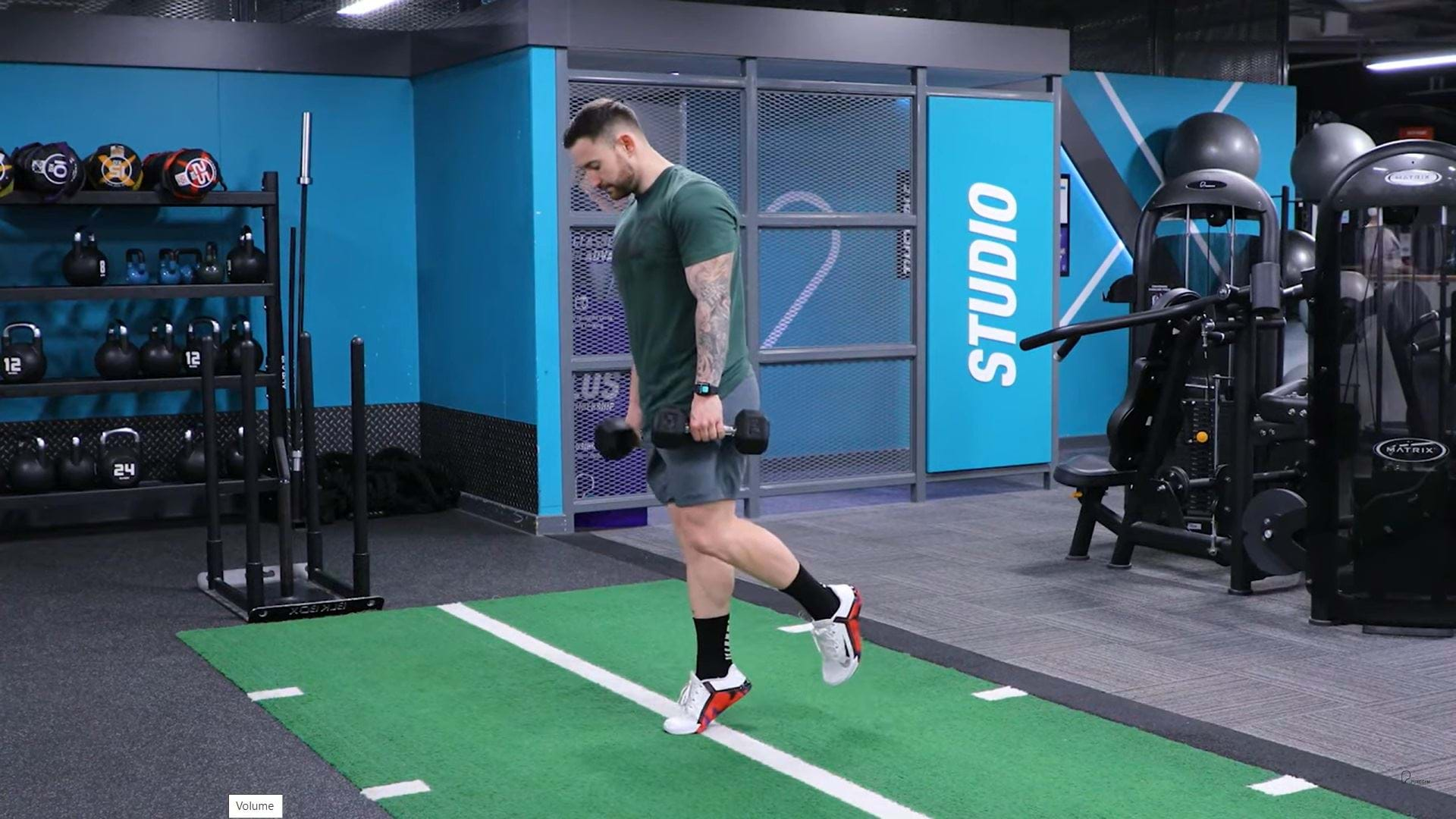
Challenge your balance and stability as you build strength in the calf muscles with this single leg calf raise variation.
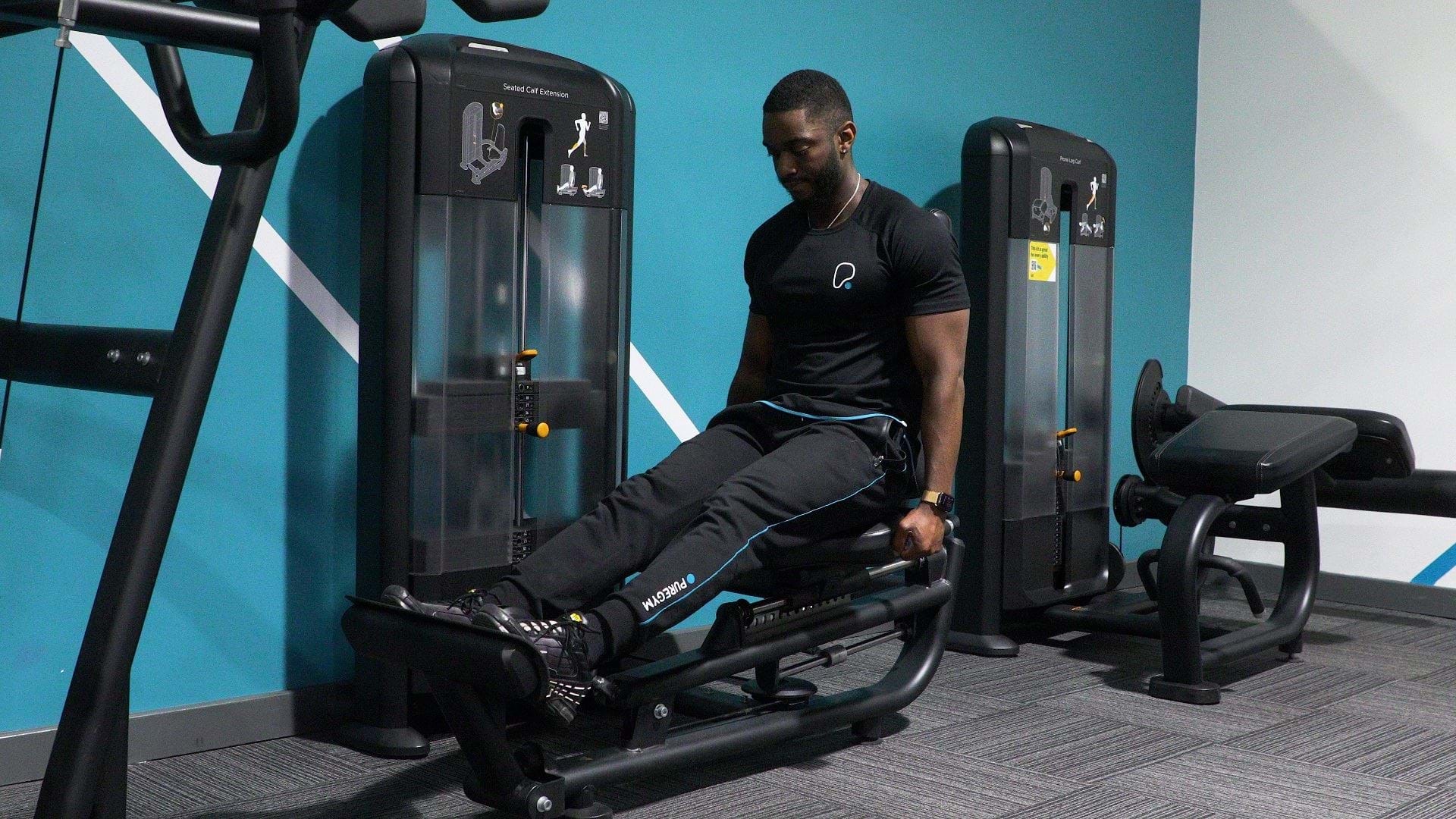
Seated calf raises put more emphasis on the smaller soleus calf muscle and Achilles tendon. than other calf raise variations.
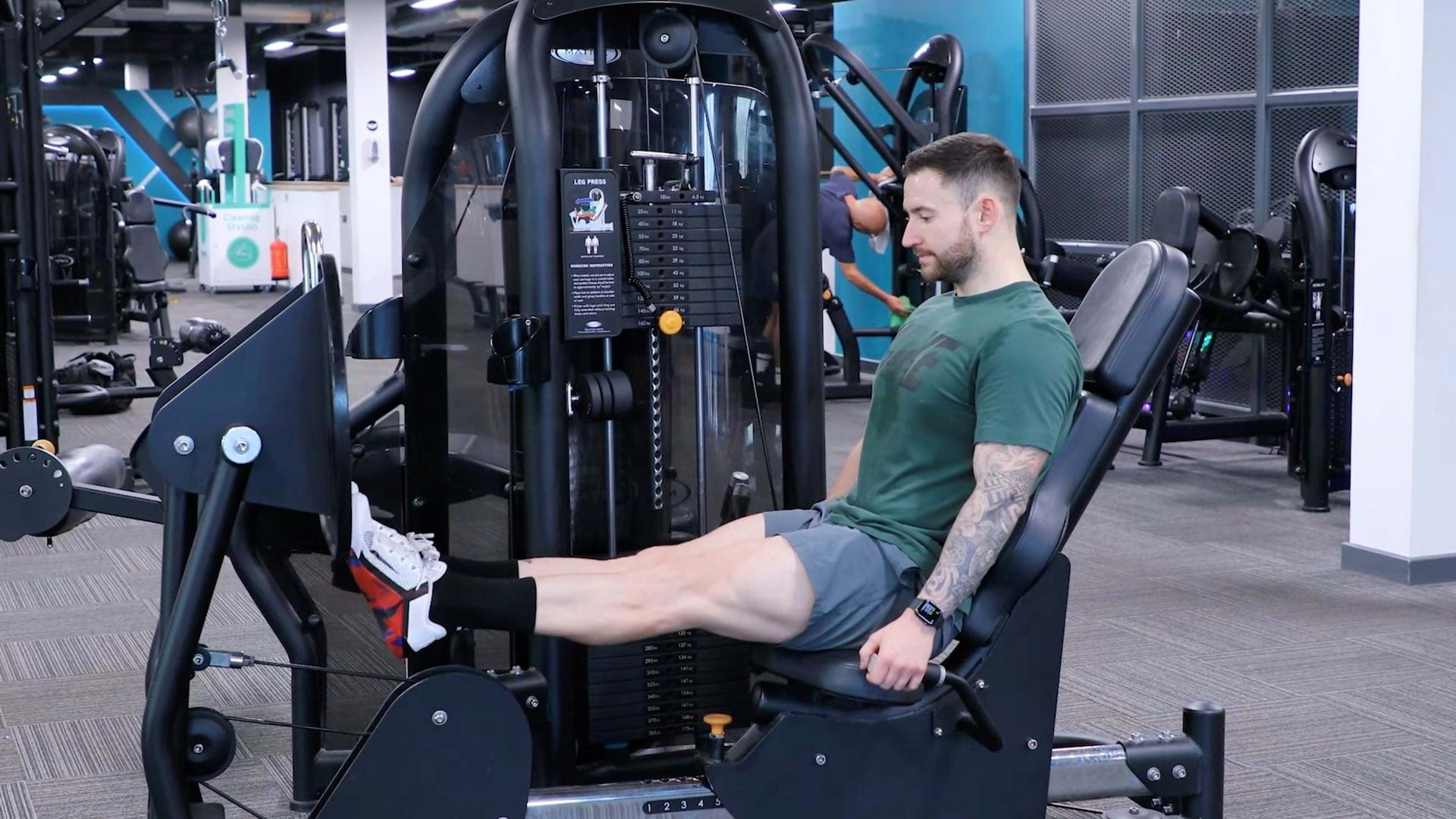
Using the leg press for calf raises for the opportunity to add more weight as you isolate the ankle joint and calf muscles.
If you’re not sure if any of the above exercises are suitable for you, please consult your doctor before you start it. Need guidance on how to perform the exercise? Ask a personal trainer at your gym.